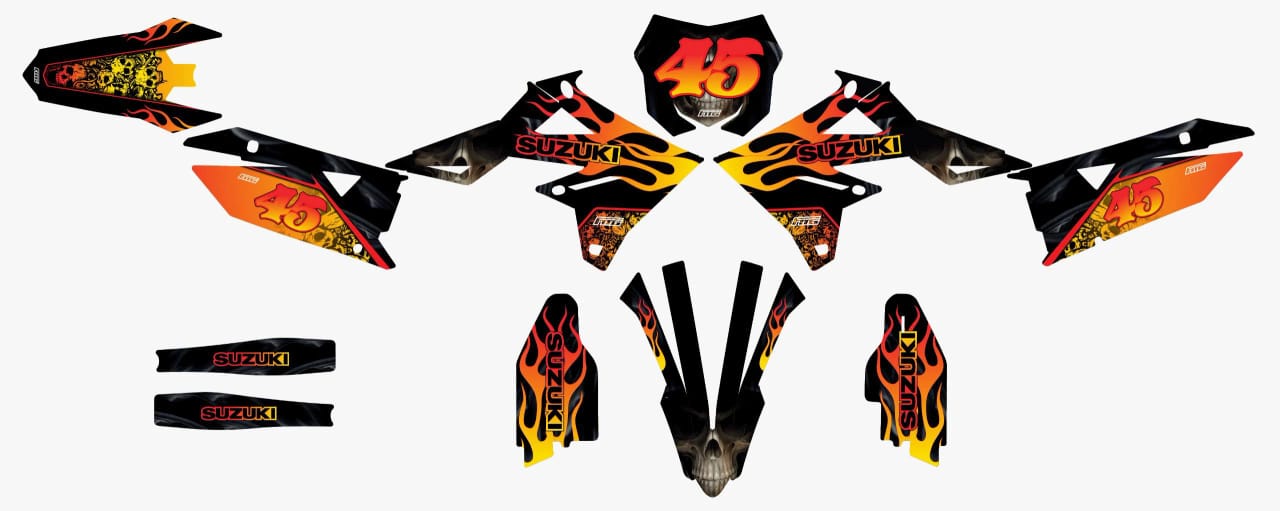Launching a business without solid market research means making decisions without clear direction or evidence. Whether you’re growing a startup or have yet to launch, understanding your ideal customer and what drives their purchase decisions is crucial.
Smart segmentation can help with this. This technique allows you to arrange your audience into meaningful groups, giving you the insights to tailor your marketing approach and position yourself strategically against the competition.
Want to learn how to get more meaningful insights from your market research? The UK’s leading company formation agent, Rapid Formations, will guide you through this. You’ll learn the four key ways to split consumer research and how to use segmentation to build a stronger business plan.
What does it mean to split market research data?
Market research is collecting information about your target audience and competitors. Segmentation is breaking down that research into smaller, purposeful categories that reflect real traits or behaviours within your audience. This technique allows you to move from broad assumptions to precise insights.
The main ways to split your data are: demographic, geographic, psychographic, and behavioural.
What are the 4 Ps in marketing?
The 4 Ps in marketing are the fundamental elements of a marketing strategy. They are:
- Product – What you’re offering to meet customer needs
- Price – How much you charge for your products or services, and their perceived value
- Place – Where and how you sell or provide your offerings
- Promotion – How you communicate your offering to your audience
The key difference between market data segmentation and the 4 Ps in marketing is the purpose.
Segmentation is used in market research to identify and understand different groups of potential customers. Meanwhile, the 4 Ps shape your marketing strategy; how you price, distribute, and promote your product to meet customer needs and drive sales.
1. Demographic segmentation: Who are your customers?
Demographic segmentation is one of the most common and accessible forms of consumer research. It involves categorising people based on measurable traits that often relate to shopping behaviours.
Common demographic variables include:
- Age
- Gender
- Income bracket
- Education level
- Occupation
This method provides a snapshot of your target customer, helping you refine your product and messaging.
Demographic segmentation is beneficial for small businesses or startups when operating with limited time and budgets. Free or low-cost tools such as Google Forms or SurveyMonkey can help gather demographic data from potential customers.
2. Geographic segmentation: Where are your customers located?
Geographic segmentation helps you identify the physical areas where your customers live, work or shop, and adjust your approach accordingly. Geographic variables include:
- Country, region, or city
- Urban vs. Rural
- Local climate or environment
This method is particularly powerful for businesses operating in multiple regions, or startups looking to test market demand in a specific location before scaling up.
Regarding the 4 Ps in marketing, geographic segmentation heavily influences Place (distribution and delivery methods) and Promotion (local languages and lifestyles).
3. Psychographic segmentation: What do your customers care about?
While demographics tell you who your customer is, psychographics reveal why they act the way they do. This more detailed segmentation taps into values, attitudes, and personal interests – what really motivates your audience to buy.
Typical psychographic traits include:
- Lifestyle choices
- Personal values
- Social class
- Personality characteristics
- Hobbies and opinions
Psychographic segmentation is especially helpful when creating a brand that resonates emotionally with your audience. For example, two people might be in the same demographic bracket but make entirely different shopping decisions, because one values sustainability while the other values speed and convenience.
Understanding psychographics allows you to fine-tune your tone of voice and visual identity. Qualitative market research methods, such as interviews and focus groups, can help you gather these deeper insights.
4. Behavioural segmentation: How do your customers interact?
Behavioural segmentation categorises customers based on their past actions with your brand (or similar brands). It focuses on measurable behaviours and is usually data-driven.
Key variables include:
- Previous purchases or conversion history
- Product usage frequency
- Customer loyalty
- Stage in the buying journey (awareness, consideration, decision)
For example, a software company might offer a premium upgrade to frequent users who log in daily, but not to first-time visitors. Or an e-commerce brand may trigger discounts when a customer abandons their shopping basket.
Splitting your market research in this way is essential for personalisation. Responding to real user behaviour in real-time creates a seamless and relevant customer experience that builds trust and loyalty.
Combining these methods for a better business strategy
Segmentation doesn’t work the same way for every business. The real value comes from combining different categories to create clear and meaningful customer profiles.
Here’s an example based on a sustainable women’s clothing brand:
- Demographic: Women aged 25 to 40 with mid-to-high income
- Geographic: Urban areas in the UK with access to ethical shopping
- Psychographic: Eco-conscious, values craftsmanship and transparency
- Behavioural: Engaged in digital retail, follows sustainable fashion brands, has purchased similar products
You can then align these segments with the 4 Ps in marketing to develop advertising strategies with intent:
- Product: Eco-friendly fabric and minimalist design
- Price: Premium tier tailored to values and income bracket
- Place: E-commerce with fast UK delivery and sustainable packaging
- Promotion: Messaging centred on ethics and slow fashion values
When used together, these segmentation methods allow businesses to connect with the right people, in the right places, with messaging that resonates.
Drive business growth with market research segmentation
Splitting your market research data is the key to truly understanding your audience. No matter your business size, breaking insights down into demographic, geographic, psychographic and behavioural segments will help you understand who your customers are, what they care about, and how they behave, so that you can create purposeful and powerful marketing strategies.
Put your data into action and confidently launch your business with Rapid Formations, the UK’s leading company formation agent.
Explore their packages for quick and affordable registration and their extensive resource hub, filled with expert guidance on starting and growing your business.







